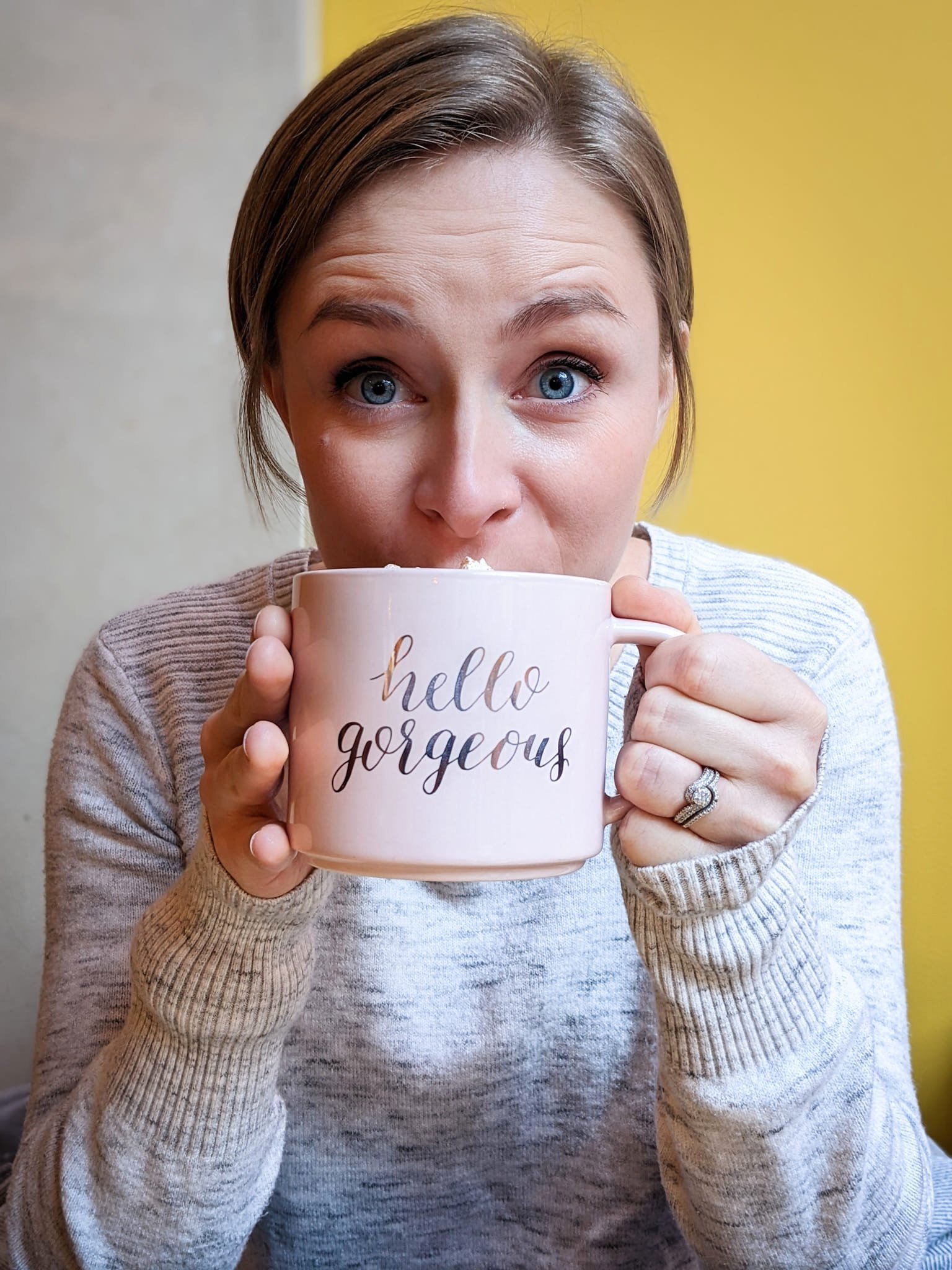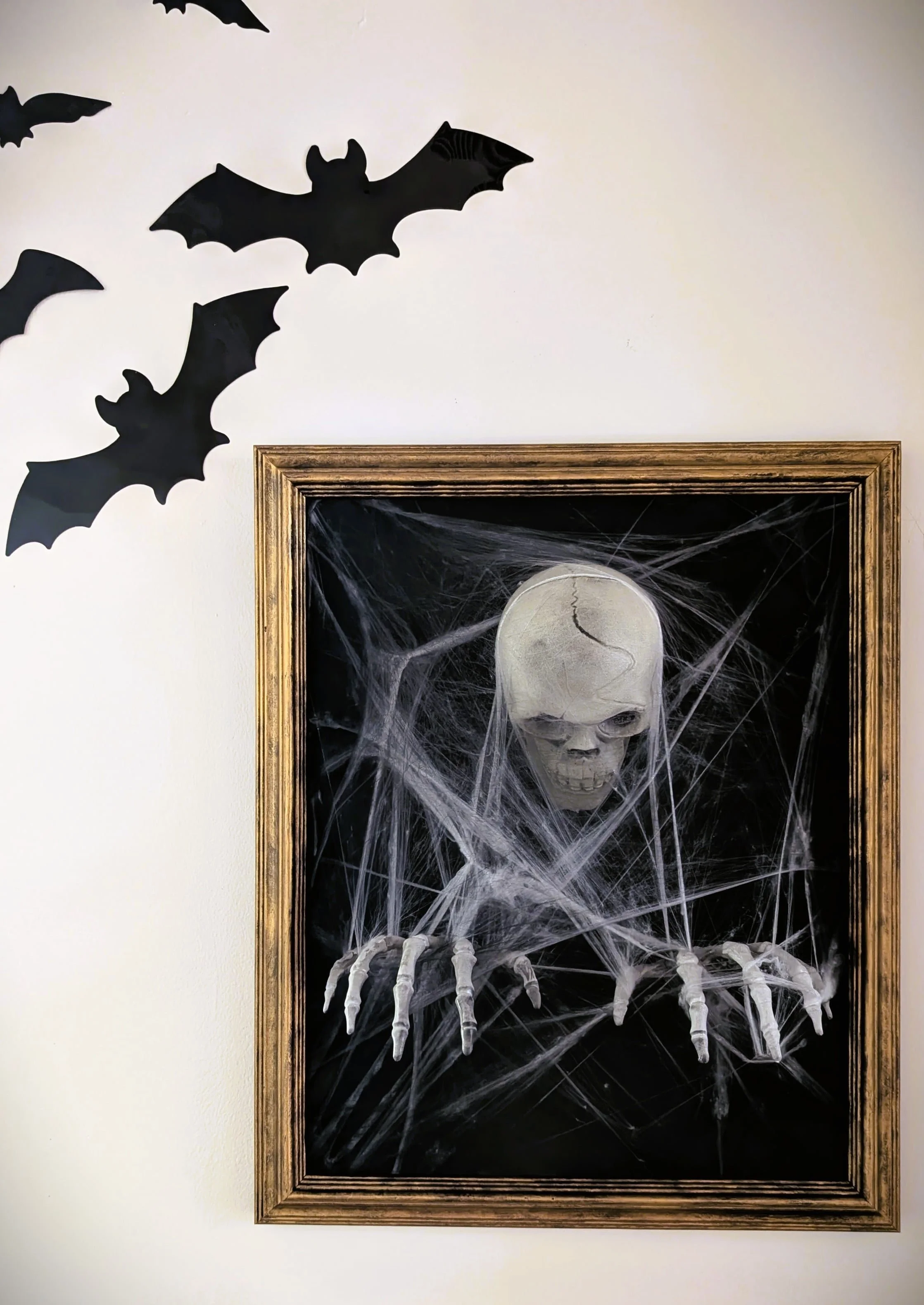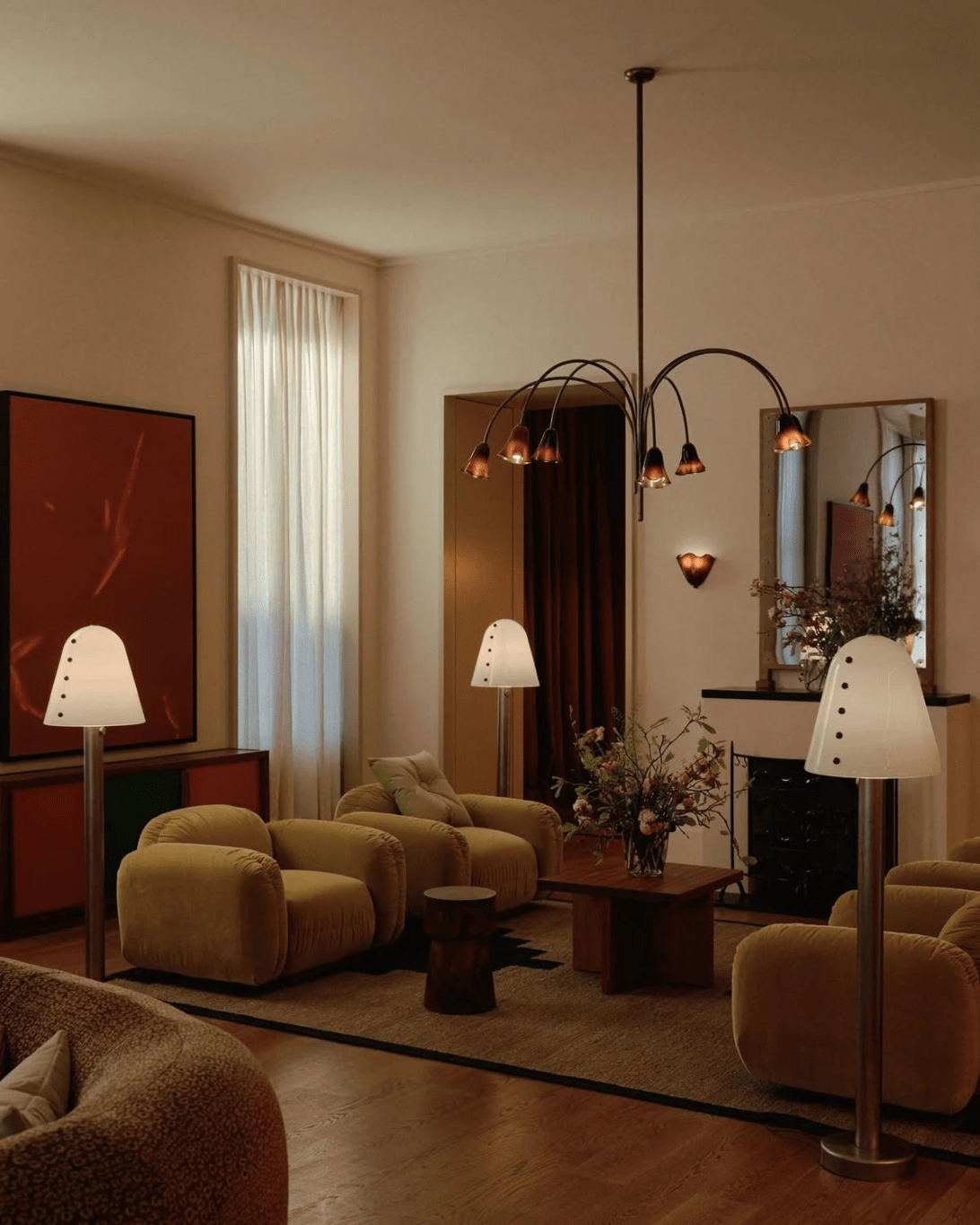DIY Upholstered Wavy Headboard
/How to Make a Wavy Headboard
Wavy upholstered headboards are having a moment, and it’s easy to see why—they’re bold, fun, and full of personality. When I couldn’t find one that fit my budget, I decided to make my own, and guess what? It’s easier than you think!
Photography by: hannah thorneycroft
A statement headboard can be an absolute showstopper. While planning my tween daughter’s room makeover, I fell in love with wavy headboards—the playful shape, the splash of color and texture they bring, and how they command attention as a focal point. It was everything I wanted, but the price tags gave me pause. So, I decided to try my hand at making one myself, and to my surprise, it was totally doable!
If you’re as smitten with this trend as I am but aren’t sure about the DIY route, don’t worry—I’ll also share a few gorgeous options at different price points you can buy to get the look without breaking a sweat. Let’s dive in!
As an Amazon Associate, and partner with other brands, I earn from qualifying purchases. This post may contain affiliate links, meaning I receive commissions for purchases made through those links at no cost to you.
Tools & Materials
- Fabric
- Plywood or MDF (I used 1/2” plywood)
- Jigsaw
- Upholstery Foam
- Batting
- Spray Adhesive
- Staple Gun & Staples
- Tape Measure
- Pencil
- Graph Paper (optional)
- Scissors
- Pliers (optional)
- French Cleat
- Drill
- Stud Finder
- Orbital Sander or Sandpaper
What struck me most about the headboards I loved was their grand scale, especially those wide enough to include the nightstands. Since we used a twin bed in my daughter’s room, a 4x8’ sheet of plywood was the perfect fit for this concept.
Determine Wave Spacing
Start by determining the spacing of your waves. I found it easiest to sketch the design on graph paper, which helped me visualize the full layout and experiment with lamp sizes. Every four boxes equals one foot.
This method also allowed me to figure out an aesthetic way to end the waves on the edges of the headboard.
Transfer Your Headboard Design to Plywood
Since I already had measurements from my drawing, I was easily able to mark on the plywood where the waves would begin and end.
I started by drawing a line across the length of the plywood where the bottom of the waves would hit. I originally planned for my waves to be 6” deep but changed them to 8” at the last minute because I was afraid some of the detail would be lost once I added upholstery. I’ll explain later why I would recommend shallower waves for this project.
Then I drew another line between that and the top of the plywood, showing approximately where the middle of the waves would land (4” from the top). From here, I made marks along those lines exactly where the top, middle, and bottom of each wave should be.
To make sure that the waves were uniform, I referenced my drawing to make a wave template out of paper. Then, I simply traced my template making sure it was consistent with the guidelines I left myself.
Once my design was drawn, it was easy to cut it out with a jigsaw. Just follow the lines and voila! I recommend a light sanding to smooth out any rough or inconsistent spots.
Upholster Your Wavy Headboard
Now it’s time to add some fluff to this bad boy!
You’ll begin by gluing foam to the plywood. I used 1” medium-density upholstery foam, but anything from 1/2”-2” will work. I laid it out flat on my plywood to make sure the plywood was covered. Then I lifted the foam, sprayed adhesive underneath, and laid it back down. Finally, I cut the excess off with a pair of scissors.
Next up is batting. I rolled out the first layer and began pulling it around the edges and stapling it to the underside with my staple gun. On the bottoms of the waves, I cut little pizza slices (for lack of a better term) so they wouldn’t bunch up. Then, I repeated these steps with another layer of batting for extra floof.
And here comes the most exciting part: adding the fabric! I laid my fabric face down on the floor and put the headboard on top. If your fabric is patterned, make sure it’s perfectly aligned. Then I began wrapping the fabric around the edges and stapling every couple of inches. It’s important to pull it taut as you work your way around - pliers came in handy here!
Everything was going well until I got to the bottom of the waves and REALLY started to struggle to get the fabric pulled smoothly. I have a hunch that shallower waves would have made this part easier. Similar to the batting in these sections, I cut “pizza slices”, which helped somewhat but it took a lot of finagling to get my fabric just right.
Mount Your Headboard to the Wall
The last step in this project is to attach your headboard to the wall. I chose to use French cleats for this part and they worked like a charm! You could absolutely make your own French cleat by cutting a piece of wood straight down the middle with a table saw at a 45-degree angle. Or, you could buy some like I did. Either way, the following steps apply:
Mark the center of the back of the item you want to hang, and use that as a guide to mark a level line for the top of the cleat.
Mount the cleat to the item.
Mark a level line on the wall where you want to hang the item.
Drill pilot holes and hammer in wall anchors.
Install the wall cleat.
Place the item against the wall, slightly above the wall cleat, and slide it down to interlock the cleats.
Enjoy!
Photography by: Hannah Thorneycroft
Although there were a couple of things I would have done differently, I’m really pleased with how my daughter’s wavy headboard turned out - and she is too! She loves having the extra cushion to lean against and fully approves of the color and soft fabric. Plus, it creates an awesome focal point in the room in scale and accent color.
What are your plans for creating a headboard of your own? Let me know in the comments!
FAQ
What’s the best kind of fabric for an upholstered headboard?
I’m no seamstress or upholsterer, but I’ve learned a thing or two over the years. First, I made sure I searched specifically for upholstery fabric. This is typically thicker and doesn’t have much elasticity. Secondly, because I know my upholstery skills are very young, I made sure to avoid anything with a geometric or clearly repetitive pattern. Unless you’re a skilled upholsterer, you’ll have a very difficult time keeping the pattern lined up and IT WILL SHOW.
How can I make this headboard for a larger bed?
Yes! But you’ll need to connect two pieces of plywood (which is pretty simple!). Then just follow the steps outlined in this tutorial.
How much did it cost to make your headboard?
The total cost of my headboard came down to around $250, not including the tools I already had (jigsaw, staple gun, drill). Considering how much a nice headboard can cost, I’d say that’s not bad!
Wavy Headboard & Bed Frame Roundup
I recognize that DIY isn’t everyone’s jam. That’s why I’ve rounded up some wavy headboards that make me swoon below.




















